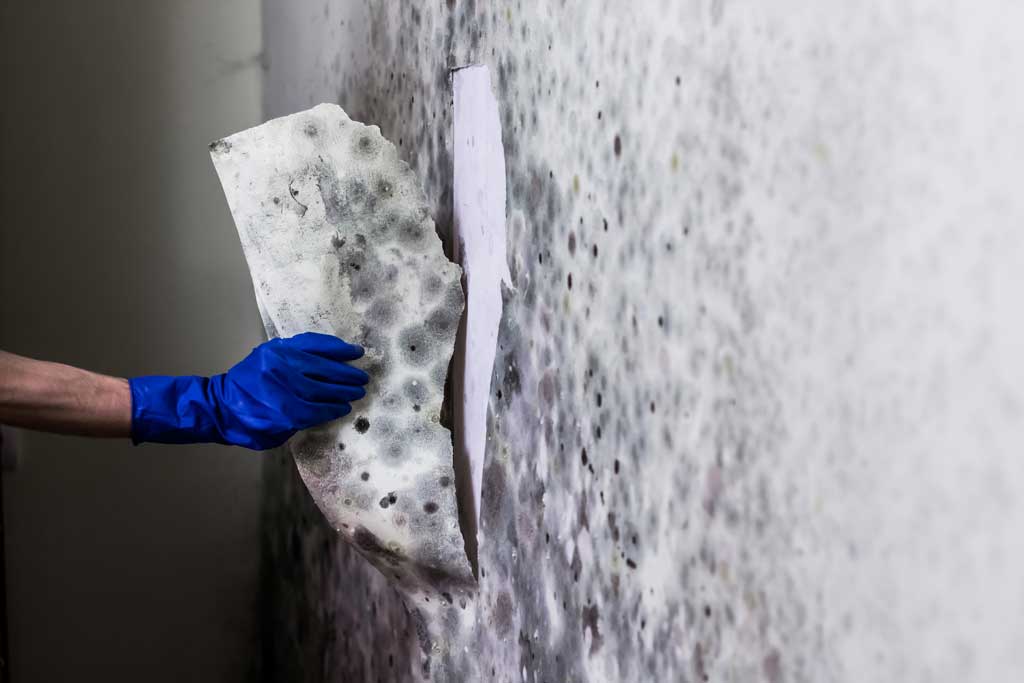Mold may be small, but it can create big problems when it infiltrates indoor spaces. Whether it’s lurking in damp basements, creeping behind walls, or spreading beneath flooring, mold growth poses significant health and structural risks. Successfully addressing mold issues requires more than a quick surface wipe-down. Instead, it involves a well-coordinated process that spans from initial detection to full eradication and ongoing prevention. At the heart of this journey is the goal of creating a healthy, safe indoor environment, and that means removing mold from indoor environments entirely and thoroughly.
How Mold Gains a Foothold Indoors
Before tackling a mold problem, it’s important to understand how it starts. Mold spores are virtually everywhere, indoors and outdoors, and under normal conditions, they’re harmless. However, when moisture enters the equation, spores can latch onto surfaces and begin to grow. Leaky roofs, burst pipes, high humidity, and poor ventilation create the ideal breeding grounds.
Mold thrives on organic materials like wood, drywall, insulation, and even dust. Once a colony takes hold, it spreads quickly and releases more spores into the air. These airborne spores can affect air quality, trigger allergies, and aggravate asthma and other respiratory conditions. Left unchecked, mold can also compromise the structural integrity of a building, making early detection and swift action essential.
The Power of a Professional Mold Inspection
A professional inspection is the foundation of an effective mold management strategy. Without a clear understanding of the scope and source of the problem, remediation efforts can fall short. That’s why an inspection isn’t just about confirming mold’s presence, it’s about pinpointing its cause and mapping out its reach.
Experienced inspectors use a combination of methods to evaluate the space. This typically begins with a detailed visual assessment, looking for obvious signs like discoloration, water stains, or musty odors. However, many mold infestations are hidden from sight. To uncover these, inspectors rely on tools like moisture meters, infrared cameras, and humidity sensors to detect damp areas behind walls or under flooring.
Another crucial aspect is air sampling. This involves collecting samples from various indoor locations and comparing them to outdoor baseline levels. By analyzing the concentration and types of mold spores, inspectors gain insight into how pervasive the issue is. Companies like theinspectorscompany.com use these methods to provide property owners with comprehensive, actionable reports.
What Inspection Results Tell You
Once the inspection is complete, the results serve as a roadmap for remediation. Understanding the data is critical: it’s not just about knowing that mold is present, but understanding where it’s coming from and how widespread it is. For example, a high spore count in a single room may point to a localized issue, while elevated levels throughout the home may indicate a systemic moisture problem.
This is the stage where strategy takes shape. The type of mold, extent of contamination, and moisture source all influence the approach. Some cases may call for isolating a small area and removing contaminated materials, while others may require large-scale intervention and structural repairs. Without interpreting the inspection findings correctly, remediation may only address symptoms rather than root causes.
How Mold Is Safely and Completely Removed
Effective mold remediation goes far beyond cleaning visible patches. It’s a multi-step process designed to eliminate mold while minimizing the risk of it spreading during cleanup. The first step is containment. This involves sealing off affected areas with plastic sheeting and creating negative air pressure to prevent spores from migrating to unaffected spaces.
Next comes air filtration. High-efficiency particulate air (HEPA) filters are used to trap microscopic spores and clean the air during and after the removal process. With the area secured and air stabilized, professionals move on to removing porous materials that can’t be salvaged, such as drywall or insulation. Non-porous surfaces are scrubbed with antimicrobial solutions, and specialized equipment may be used to reach into hidden crevices.
In severe cases, dehumidifiers and industrial-grade dryers are brought in to restore proper moisture levels. It’s not enough to kill mold; the environment must be altered to make sure it can’t return. This holistic approach ensures both current colonies and future growth are addressed.
The Importance of Post-Remediation Verification
Just because the visible mold is gone doesn’t mean the job is done. Post-remediation verification (PRV) is a vital final step that ensures the space is truly clean and safe. This follow-up assessment often involves another round of visual checks, moisture readings, and air quality tests.
PRV gives peace of mind. It confirms that the remediation was successful, that mold spore counts have returned to normal, and that any moisture problems have been corrected. This step also helps prevent future recurrence. If mold returns, it’s often because the underlying issue wasn’t fully addressed. PRV catches these oversights before they become repeat problems.
In some cases, independent third-party inspectors are called in to perform this verification, ensuring objectivity and accuracy. The resulting report is a valuable tool for homeowners, property managers, and potential buyers alike, offering documented proof of a safe indoor environment.
Wrapping Up: Mold Management Is a Journey
Tackling a mold problem isn’t a one-and-done event, it’s a process that demands attention to detail, professional insight, and a commitment to lasting results. From the initial detection of subtle warning signs to the final clearance testing, every step plays a crucial role.
Understanding how mold thrives, leveraging expert inspections, interpreting results wisely, following thorough remediation practices, and conducting careful post-cleanup checks all contribute to success. This proactive approach not only restores peace of mind but also protects the health of those who live and work in the space. When it comes to mold, vigilance and expertise make all the difference.




